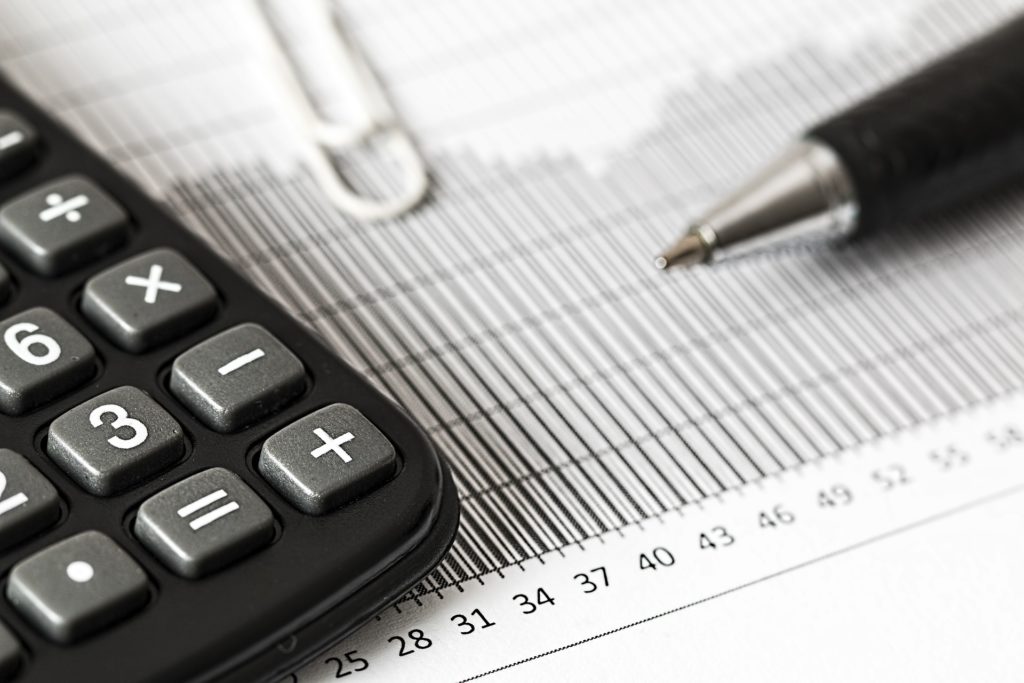Get to know your shop’s numbers
Published

If you’re just “getting your books in order” for tax season, you’re in the right place.
Your shop’s financial information (which I will refer to as “numbers” in this article) is an incredibly valuable asset to your business growth. In an earlier series, I wrote about the usefulness of each of the three main accounting reports (P&L, balance sheet, and cash flow statement) that your accounting software (Quickbooks, for example). You will have a much better understanding of your projected cash flows, your real income, and your tax position if you take the time to get smart on these three financial statements.
However, since I wrote those articles, I have also come to appreciate many other metrics that are important to understand and monitor when thinking through HOW you want to grow your shop.
Volume vs. value
Do you want to sell small value to tons of customers, or do you want to sell large value to a few customers? Either strategy can lead to massive growth for your shop, but if you aren’t able to nail down a consistent average sales per customer, it will be hard to decide which direction to go. Are you a super-efficient, high volume shop, or a white glove service high value shop? How will you design the location, hire your front desk team, and establish your marketing if you don’t make a decision one way or the other?
Set up your CRM or shop management software with enough detail to track sales type, sales mix, and sales by customer data. You should be able to answer the following questions:
- What percentage of your sales is detailing and how much is vinyl?
- What is your labor margin? Is it stable across jobs?
- What cars have the highest average total sale value?
Team efficiency
In the world of custom fabrication and wrapping complicated bumpers, it can be hard to put a price on your team’s efficiency. However, without real data to get a grasp on just how long it takes to make a downpipe or wrap a Model Y, you cannot reach your top profitability or efficiency.
You can get your pricing down to an exact science based on your projected efficiency for any given job. Once you’ve done it once and gotten the data, you know how much to charge based on how much time it takes your team. Build a pricing sheet that contains inputs for cost of materials and parts along with labor hours. While of course it will not be 100% precise, you will still maintain a significantly better understanding of your pricing and efficiency.
Measuring your efficiency is the first step to improving it. Once you have a baseline, you can work to make little tweaks that not only make your team more efficient, but also can give them more leadership opportunity and ownership of their work. Let them help improve the way your shop runs, and make adjustments that make their lives easier. I help shops do this using Lean Manufacturing and Kaizen, two operational efficiency concepts widely used around the world.
As you get more efficient, your quality will increase, your lead time will decrease, and your customers will be happier.
In conclusion
Tracking changes in your shop’s numbers gives you valuable insight into how to continue growing your shop. Take advantage of your systems to make sure you know exactly how each tweak transforms your business.
Driven Performance Advisors
Driven Performance Advisors helps shop owners and specialty parts companies increase efficiency and improve profitability to grow to $5M in sales. Schedule a consultation at drivenperformanceadvisors.com. Subscribe to DPA Weekly at drivenperformanceadvisors.com/dpa-weekly.
